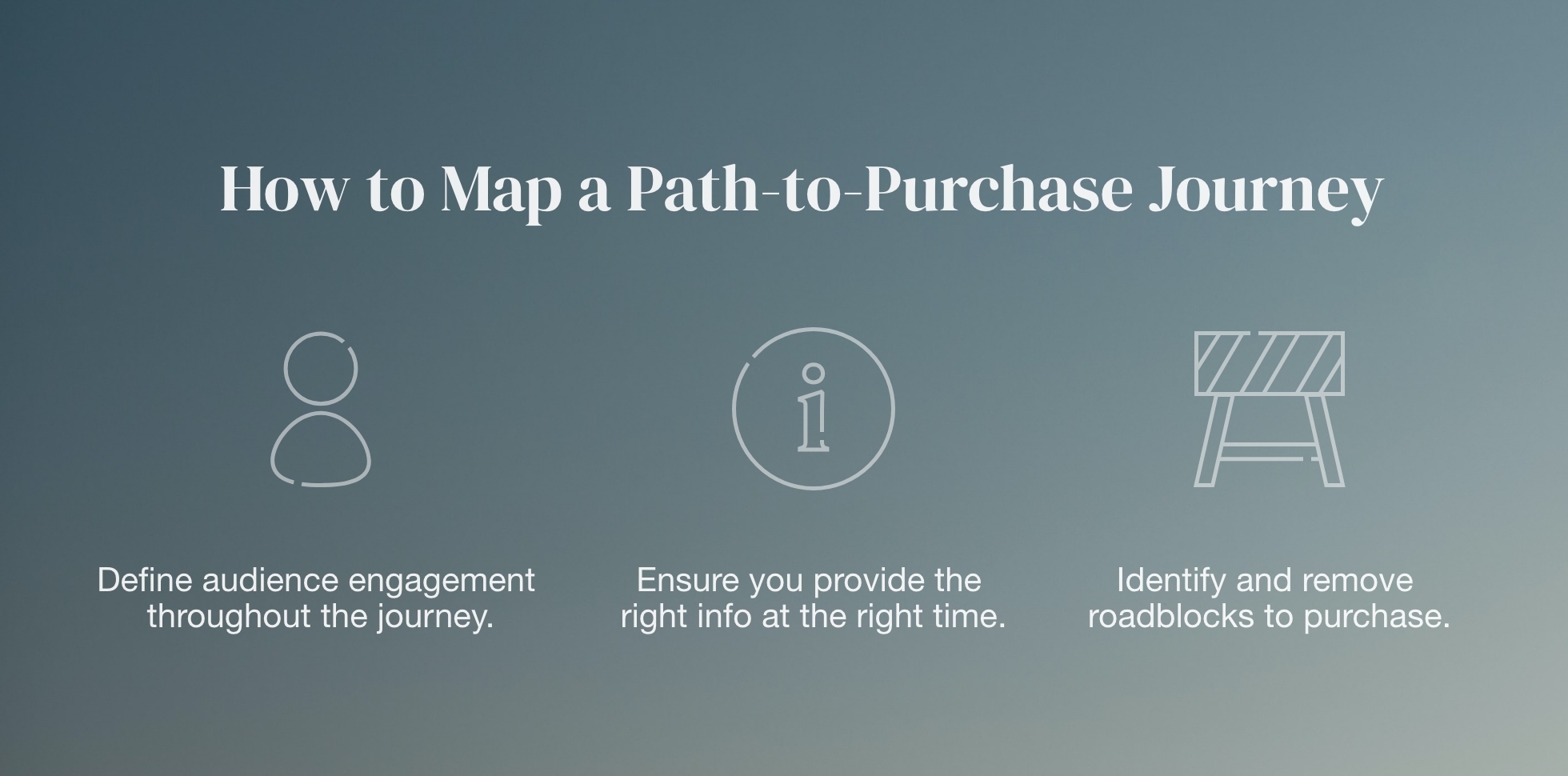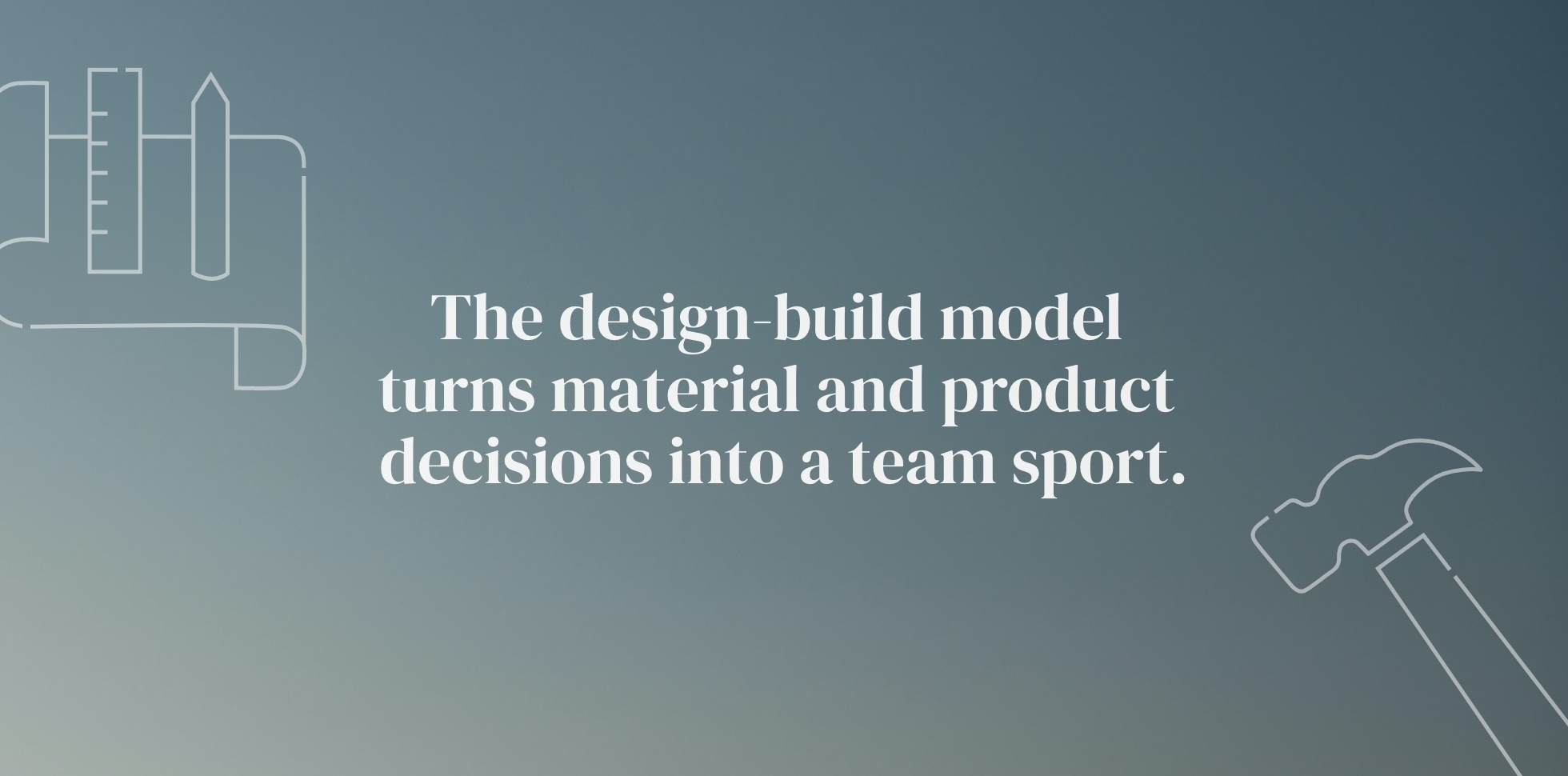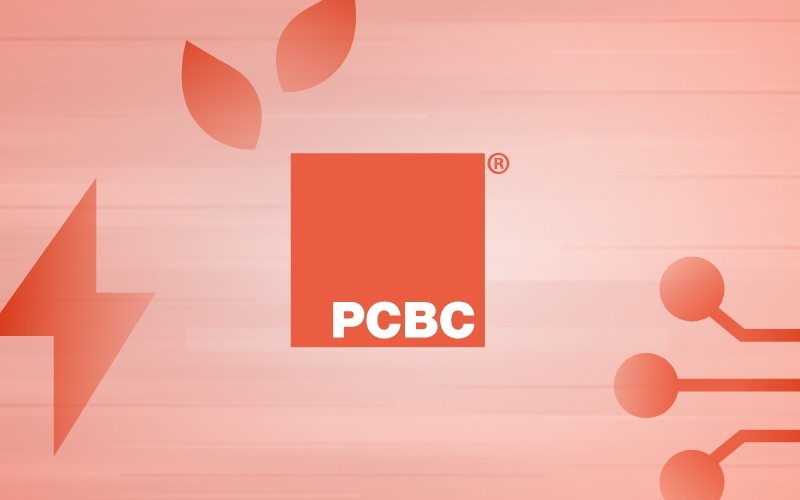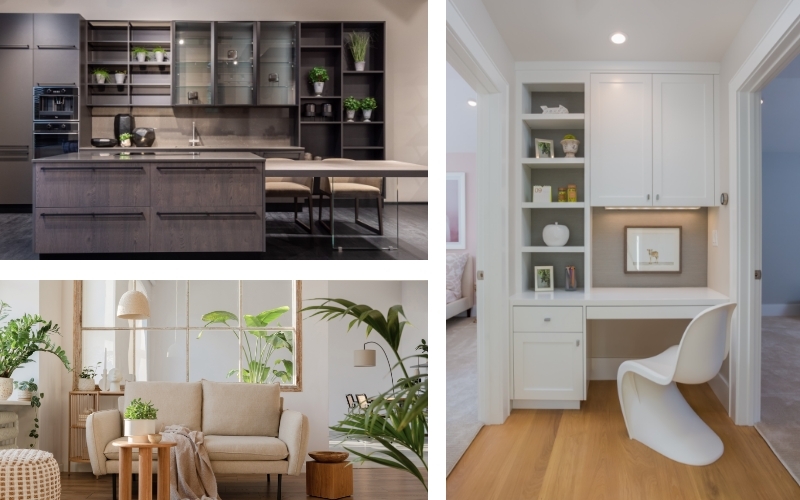Industry Trends
Marketing Insights
Brand Strategy
In the name of delivering better-performing work that helps our clients win over audiences and build stronger brands, Wray Ward keeps a close eye on industry trends. And as a leader in home and building category marketing, we pay particular attention to how collaboration between key stakeholders — from architects and engineers to builders and general contractors — affects product choices and design decisions.
The rise of the design-build project model within the construction industry is a trend we’ve tracked for several years. A recent survey among members of The American Institute of Architects found that more than half expect design-build to increase in the next year. Broader industry trends also support this growth trajectory, with design-build construction spending forecasted to reach over $400 billion in 2025.
Not surprisingly, I heard a lot of discussion on this topic while representing Wray Ward at A’23 — AIA’s annual architecture and design conference.
But what makes design-build so appealing to the construction industry, and what does it mean for your brand?
What is the design-build model?
The traditional construction project often starts with separate hires of an architect/designer and a builder/contractor who may have no previous relationship or shared project work.
The design-build model is a more collaborative method for project delivery that combines the design and construction phases. In this approach, a single company — typically a design-build firm — is responsible for both designing and constructing the project.
Benefits of the design-build model include:
Improved collaboration: The design-build model promotes integration by involving architects, engineers, contractors and other stakeholders at the project’s start.
Streamlined processes: Incorporating the design and construction phases under a single roof allows a design-build team to move more cohesively, versus the traditional linear construction approach (where design is completed before construction begins).
Lowered costs: The partnership between designers and builders in the design-build model allows for more accurate cost estimations and more effective value engineering.
Enhanced product flexibility: An integrated approach allows design-build teams to explore new construction methods, materials and technologies without competing agendas or perspectives.
This last point is of particular significance for brands in the home and building industries, as it reflects the importance of marketing products and services in a way that speaks to all audiences involved in the design-build model. When done successfully, this can result in a scenario where your product is specified by the architect, advocated for by the engineer, purchased by the builder and installed by the contractor — because each of these stakeholders understands the value proposition for your product and how it helps them meet their shared project goals.
Brands are friends. Products are strangers.
In AIA’s “The Architect’s Journey to Specification” research report from 2022, 87% of architects stated they expect and rely on manufacturers to advise them on their product category as a whole. In other words, architects often supplement their knowledge with guidance and technical advice directly from the manufacturer.
As a result, architects look at brands as shortcuts to finding answers. If you match your products’ performance with valuable resources — from online content libraries and technical documentation to a robust distribution network — then that’s one fewer thing for the architect to research.
In this sense, products are “strangers” that are more likely to come with risks and uncertainty while brands are “friends” that reduce liability and provide comfort. Architects don’t like risk — so brands specified for one job will often be used again and again by an architect because they become confident in the product’s performance.
This approach is also often the same for builders and contractors: If your product delivers on its promise, that translates to brand loyalty.
To achieve this level of advocacy, marketers must create successful B2B purchase journeys, driven by brand experiences that serve the needs and the personal agendas of each of these stakeholders.




